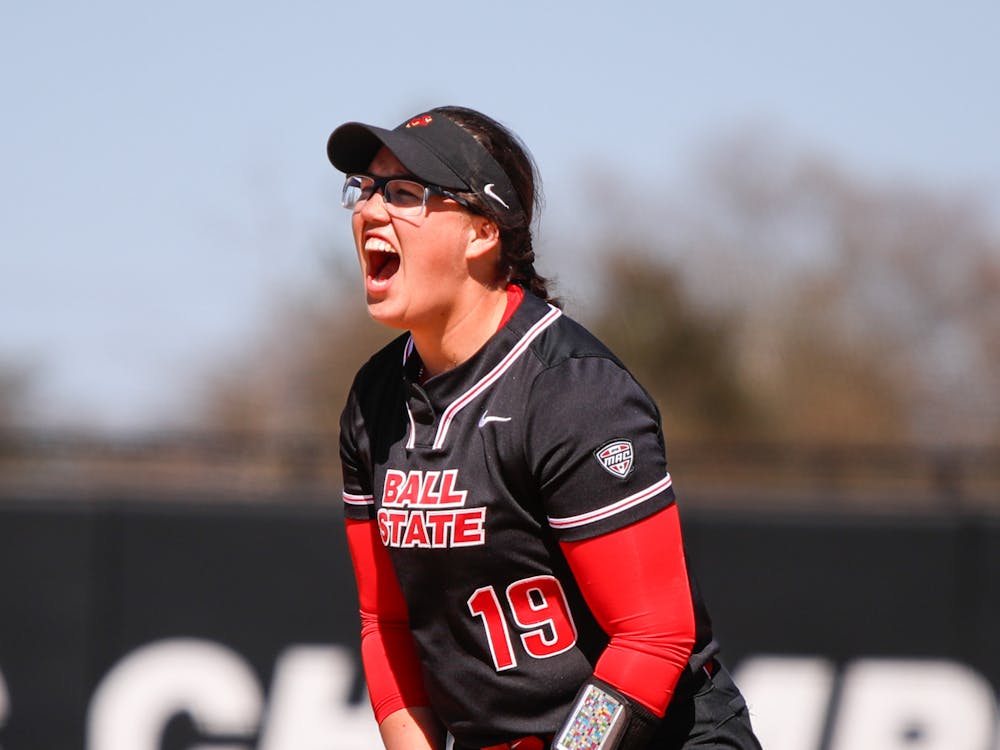Preventing sexual assaults that occur in residence halls doesn't receive as much attention as other assaults, a new study says.
Andrea Curcio, a law professor at Georgia State University and the author of the study, said universities have tried to keep the fact that more sexual assaults occur in residence halls than anywhere else hidden under a rock.
“Parents are already really concerned about their children when they drop them off at college,” Curcio said. “Imagine the concern if they were told, ‘And by the way, the dorm is the place your child is most likely to be sexually assaulted.’”
For the past nine years, more than 69 percent of sexual assaults reported on campus occurred in residence halls, according to Curcio’s study. At Ball State, the last campus security report showed that 68 percent of on-campus assaults happened in residence halls, which fits right in with the national statistics. Of the 24 sexual assaults on campus in 2015, 19 were in residence halls.
The worst part, Curcio said, is because universities won’t admit there’s a problem, students aren’t properly warned about the dangers. All of the prevention is focused on things like taking a buddy with you or not putting your drink down at a party, she said.
“No one is saying, ‘Hey, we might need to do this in the dorms,’” Curcio said.
Ball State has a lot of sexual assault prevention programs — Step In. Speak Up., The Red Zone education and Rape Aggression Defense System classes — but nothing that solely focuses on residence halls, said Matt Kovach, assistant director of housing and residence life.
Each residence hall has to organize one prevention program each semester, but it doesn’t have to focus on safety in a residence hall. In fact, to Kovach’s knowledge, none of them do.
And that’s a problem, Curcio said. Because universities don’t talk about where sexual assaults happen the most, no one has studied the most effective ways to address dorm-based sexual assaults.
By focusing on threats external to the residence halls, it lulls students into a false sense of security once they get home, she said. Party-smart tips and bystander intervention training isn’t helpful if students don’t think they need to use them in their own homes.
Already, one in five students are sexually assaulted on college campuses, according to a 2015 Association of American Universities study. If students aren’t educated enough on sexual assault in dorms, the problem could continue to grow, Curcio said.
“It’s a public relations issue, a particularly difficult one for schools,” she said. “Pretending [sexual assaults] happen elsewhere keeps the prevention emphasis away from where it should be.”
So what should universities be doing? That, Curcio said, is a big and difficult question to answer.
To help uncover the answer, universities should be doing more studies, Curcio said. They should figure out if sexual assaults happen more in certain residence halls, if single-sex or co-ed living makes a difference, if athlete dorms have higher rates.
“I don’t think there’s one easy fix for it,” she said. “Sexual assault is a very complex, multifaceted societal issue to which there is not one easy answer.”





